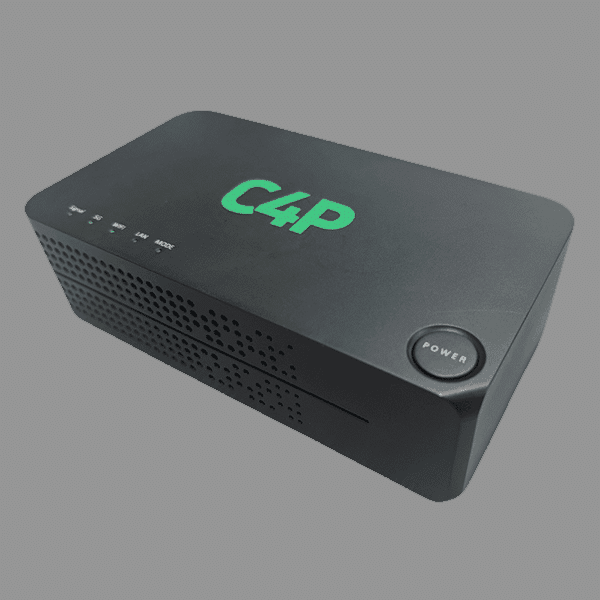 Windstream has been gradually transforming itself from a local phone company serving tier 2 and tier 3 markets to a nationwide carrier focused on business services. And according to Windstream CEO Jeff Gardner, the company’s optimal strategy in that market is to focus on customers that spend in the range of $5,000 to $10,000 on monthly services and to lead with data but to also sell voice and hosted services.
Windstream has been gradually transforming itself from a local phone company serving tier 2 and tier 3 markets to a nationwide carrier focused on business services. And according to Windstream CEO Jeff Gardner, the company’s optimal strategy in that market is to focus on customers that spend in the range of $5,000 to $10,000 on monthly services and to lead with data but to also sell voice and hosted services.
The nation’s largest carriers AT&T and Verizon have the market share lead among the nation’s largest business customers – and cable companies are making inroads in the small business market, Gardner noted in a question-and-answer session at the J.P. Morgan Global Technology, Media and Telecom Conference yesterday. But Windstream has the edge over cable companies for customers that have locations in multiple markets – and cable companies often lack data center services, said Gardner.
As for competing against the largest telcos, Gardner said, “Where we resonate with customers is with personal relationships. If you’re spending $50,000 a month, you’re a very good customer and get a lot of attention.”
A company of the same size would not get such personalized attention from the larger carriers, he said.
Windstream’s fiber network now spans 115,000 miles, but in some cases the company has to serve business customers using network infrastructure purchased from other carriers. Gardner noted, however, that “If we sell you a solution, we’re fully responsible for it.”
He also noted that the company is able to get competitive pricing on a wholesale basis from AT&T and Verizon, both of whom buy connectivity on a wholesale basis from Windstream where needed. “We do a lot of business in both directions,” said Gardner.
Gardner touted the fact that Windstream recently rationalized its product set so that all offerings are available across the company’s entire footprint. This undoubtedly was a bit of a challenge, considering that the company made several acquisitions over the last couple of years – including data center operator Hosted Solutions and competitive carriers Q-Comm and Paetec.
“Everything we’ve done is about building a world class enterprise company,” said Gardner.
Windstream had four data centers when it bought Hosted Solutions in 2010 but now has 27, Gardner said. Much of that increase has come through organic growth and Gardner said he expects that approach to continue, as data center prices have become quite high.
Windstream’s data center business is now growing at an annual rate of 20%, Gardner said.
Consumer and wholesale
Gardner also answered a few questions about Windstream’s wholesale and consumer businesses.
On the consumer side, the company has seen broadband take rates of 71%, one of the highest in the industry. The downside is that there may be little upside left in terms of take rates. “We have to sell other services,” observed Gardner.
Gardner pointed to the example of services such as personal computer support, offline storage and anti-virus protection that can add as much as $10 per month to a residential customer’s bill. Most of the company’s broadband customers are still on 3 Mbps service, which means there is an opportunity to shift customers to higher-speed plans.
On the wholesale side, Gardner said salespeople recently have “made a living selling almost exclusively fiber-to-the-tower business” – a situation he said he would like to see change.
Nevertheless, the company is in the process of bringing fiber to 1600 cell towers, including 60% within its traditional footprint and 40% outside of that footprint.


